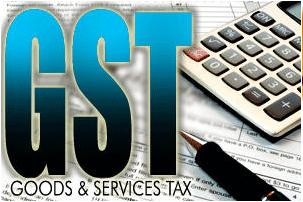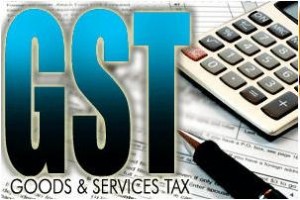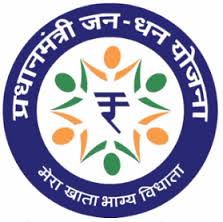India because of its taxation structure, regulations and legislation it was considered to be a non-friendly business environment. But today’s government has taken some steps towards creating a friendly business environment. One of the supportive steps taken by the Modi government is goods and service tax (GST).
Goods and service tax (GST) is expected to be a summarization of all indirect taxes levied in India. GST will come into action by April 2016. Indirect taxes, as implied from the name these taxes burdens customer’s pockets. Service tax, Sales tax, VAT, excise duty etc., are some of the indirect taxes levied in India. Australia, France, New Zealand and still more countries has already successfully implemented GST and still reap its benefits. Similarly, GST in India is perceived to bring in ease of doing business.
By implementing GST, the tax structure in India can be made simpler. GST would eliminate existing taxes in the business environment, which cuts down the tax burden for the customers. This tax elimination would eventually lead to decrease in price of goods and services. Accounting and tax calculation activities will also be simplified. Economists have proved a concept, “tax revenues would increase if tax rate is decreased”. So as per this concept, tax revenue in India would obviously rise up due to implementation of GST. It is estimated that India would receive an increase of $15 billion as revenue if GST is implemented. As lower prices will lead to more consumption, GST also contributes to increase in GDP to an extent of 1-2%. As the price falls due to GST, competition intensifies and ultimately leads to increase in quality and customer perceived benefits. Once this scenario is met, Indian products can sustain its competition even in foreign markets, so exports will gain some escalation.
By implementing GST, due to lower cost supply chain will be the most benefited sector. Supply chain, transportation and logistics players are expecting a growth of 20% in the FY15 and also expect more with a positive outlook in FY16.
Click here for government certification in Accounting, Banking & Finance





4 Comments. Leave new
Good one!
well written!
Awesome work 😀
Keep it up 😀
very true.. well expressed!